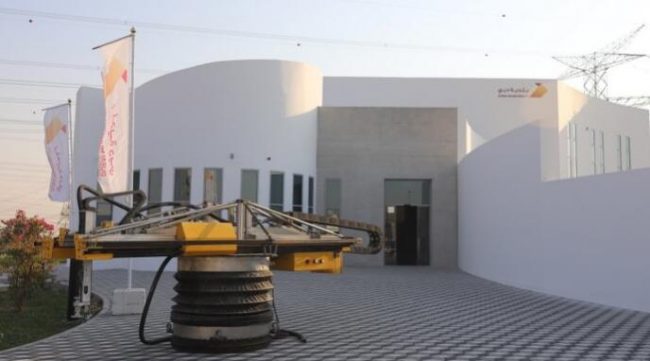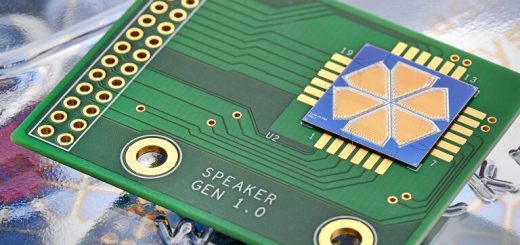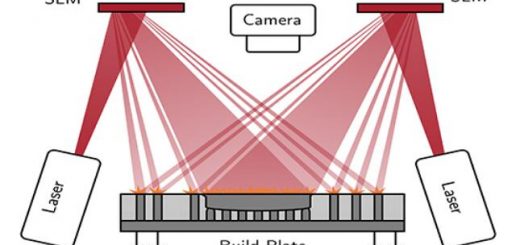World’s Biggest 3D Printed Building Opens in Dubai
Just a few years ago, the idea of a house being spit out by a 3D printer would’ve sounded absurd to most of us. But not only have houses been 3D printed in multiple countries, entire communities of printed homes are being built—and it doesn’t stop there.
 Image courtesy of Apis Cor
Image courtesy of Apis Cor
While the world’s tallest 3D printed building has been standing in Suzhou, China since 2015, it now has a rival of sorts; the world’s biggest 3D printed building was recently completed in Dubai.
The Suzhou building, a five-story apartment complex, is taller, the 31-foot-tall Dubai building is larger by volume at 6,900 square feet. Its purpose is a bit less exciting than its construction; it will be used for administrative work by the Dubai Municipality.
The city collaborated on the building with Boston-based 3D printing construction company Apis Cor, which also built a house in Russia that went up in less than a day.
Talk about contrasting climates; the Russia house was printed in the dead of winter, requiring a heated tent to be put up around the entire building site. In Dubai, meanwhile, average temperatures are in the 90-100 degree Farenheit range for several months a year. You’d think maybe a giant air-conditioned tent would be in order, but construction was completed in the open, with no controls over temperature or humidity.
3D printed houses, at around 500 square feet, are small enough to be constructed by a printer that moves around on a track. But there’s not yet a printer in existence that can build a 6,900-square-foot structure in one go; the printer used on this project was moved around by a crane to complete the various segments of the building, pumping out successive layers of a gypsum-based mixture.
The building has a traditional foundation made of pre-cast concrete, and it’s reinforced with concrete and rebar. Once the walls were all printed (the company didn’t specify how long the printing process took), contractors added the roof and windows.
The municipal building will soon be in good company. Dubai has a (somewhat perplexing) target to make a quarter of its buildings 3D printed by 2030; the government believes this will cut costs in various sectors and restructure the labor market. It estimates that reaching the 25 percent 3D printed building goal will reduce labor demand by 70 percent, cut costs by 90 percent, and reduce the time it takes to build by 80 percent.




Recent Comments